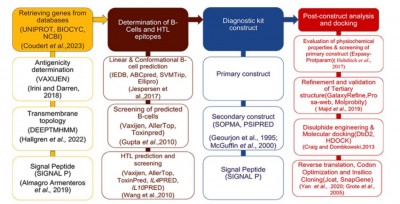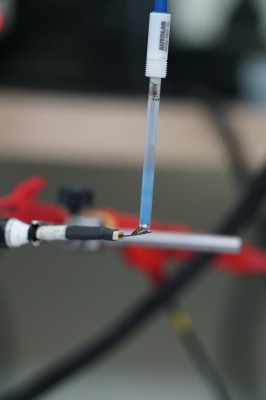Filters, Coupled with Digital Health Program, Reduced Arsenic Levels by Nearly Half in Study Participants in Households Relying on Well Water in American Indian Communities
Johns Hopkins Bloomberg School of Public HealthA community-led water-testing project made up of households that rely on private well water with high arsenic levels saw on average a 47 percent drop in participants’ urinary arsenic levels after filters were installed and a digital health program was implemented, according to a new study led by researchers at the Johns Hopkins Bloomberg School of Public Health. Over the two-year study period, participating households received phone calls to encourage use of the filter and a reminder to replace the filter cartridge.














